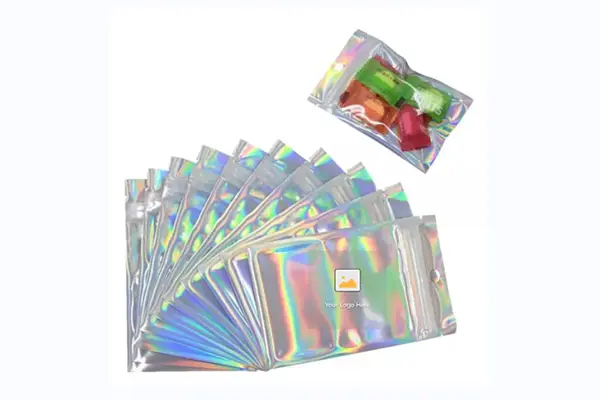Plastic Fantastic? Unveiling the Champions of Reusable Plastic Packaging
Let’s face it, plastic is everywhere. It bottles our water, wraps our treats, and shelters our leftovers. But amidst this sea of synthetic convenience, a crucial question arises: when it comes to reuse, not all plastics are created equal. So, before you turn that yogurt container into a plant pot or that chip bag into a wind chime, let’s embark on a safari through the plastic jungle and discover the best plastics for reuse.
Decoding the Plastic Alphabet Soup: Understanding Recycling Codes
Before we start our hunt, we need a decoder ring. Plastic, like a cryptic alien language, uses numbers and letters to reveal its true identity. Thankfully, these codes, known as resin identification codes (RICs), are actually quite simple:
-
#1 (PET or PETE): The all-star of soda bottles, food trays, and peanut butter jars. Strong, clear, and oh-so-recyclable, PETE is the undisputed king of reuse. Think sturdy storage containers and creative craft projects.
-
#2 (HDPE): The quiet achiever, HDPE lurks in milk jugs, detergent bottles, and shampoo containers. Tough, chemical-resistant, and endlessly recyclable, it’s perfect for long-lasting DIY projects like planters and toolboxes.
-
#5 (PP): The versatile chameleon, PP blends into yoghurt tubs, straws, and bottle caps. While not as universally accepted for recycling as PETE and HDPE, PP shines in reusable food containers and condiment dispensers.
Beyond the Big Three: Plastic Heroes Waiting to be Discovered
But our reuse adventure doesn’t stop there! Here are some hidden gems in the plastic kingdom:
-
#4 (LDPE): The flexible friend, LDPE forms cling wrap, bread bags, and squeeze bottles. While not readily recycled in many places, LDPE can be repurposed into DIY shopping bags and trash can liners, reducing single-use waste.
-
#7 (Other): The mystery box, #7 encompasses everything from polycarbonate water bottles to CDs. While some items within #7 are recyclable, others (like CDs) are best donated or disposed of responsibly. Be cautious and research specific items before attempting reuse.
Reuse Like a Pro: Tips for a Sustainable Transformation
Now that you know the plastic heroes, let’s make them shine! Here are some tips for epic reuse:
- Cleanliness is Next to Godliness: Wash and thoroughly dry your plastic items before repurposing. Remember, leftover food particles can attract unwanted guests.
- Safety First: Avoid reusing plastics that held hazardous materials like chemicals or oils. Opt for food-grade plastics for safe storage and consumption.
- Label with Love: Mark your repurposed containers with their new contents to avoid confusion (and accidental sips of dish soap!).
- Get Creative: Unleash your inner artist! Plastic bottles can become bird feeders, storage containers, or even planters. Get crafty and give these plastics a new lease on life.
The Final Plastic Polish: Building a More Sustainable Future, One Reuse at a Time
Remember, reusing plastic isn’t just about saving money, it’s about reducing waste and building a more sustainable future. By understanding the different types of plastic and embracing creative reuse, we can transform our everyday routines and turn those plastic heroes into champions of the planet. So, grab your favorite reusable plastic item, channel your inner eco-warrior, and join the reuse revolution!
FAQ:
Q: How can I tell if a plastic container is safe to reuse for food storage?
A: Look for the recycling symbol and the #1, #2, or #5 code. Additionally, check for the letters “HDPE,” “PETE,” or “PP” within the symbol. These plastics are generally considered safe for food storage when properly cleaned and repurposed. If you’re unsure, it’s always best to err on the side of caution and choose a different container. Remember, your health and the planet’s wellbeing come first!
Let’s embrace the power of reuse and turn those plastic heroes into champions of a more sustainable future, one creative project at a time!
Post time: 01-10-2024


